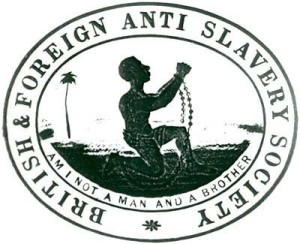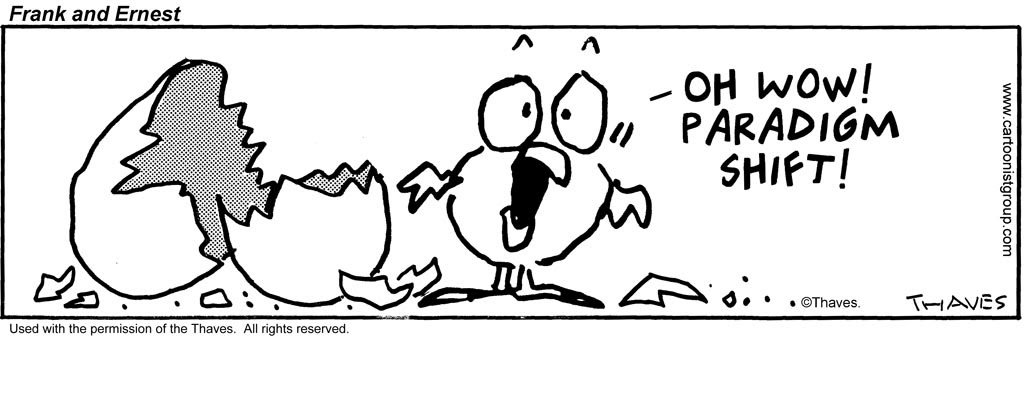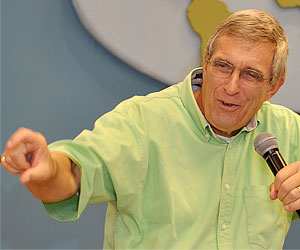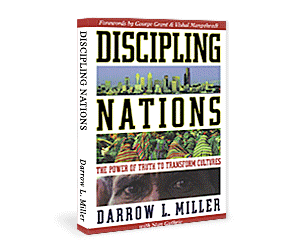 The fight for human dignity in the 21st century is similar to the fight for the emancipation of slaves in the British Empire in the 19th century. As is true for the pro-abortion movement today, the pro-slavery advocates were largely atheists collaborating with mainline church leaders. By the same token, pro-life leaders echo the abolitionists, largely evangelical and orthodox Christians.
The fight for human dignity in the 21st century is similar to the fight for the emancipation of slaves in the British Empire in the 19th century. As is true for the pro-abortion movement today, the pro-slavery advocates were largely atheists collaborating with mainline church leaders. By the same token, pro-life leaders echo the abolitionists, largely evangelical and orthodox Christians.
Eric Metaxas, in his book Amazing Grace, the biography of William Wilberforce, speaks of the roots of the British abolitionist movement. Metaxas identifies three distinct groups who were involved in the issue of slavery: 1) The atheists, who were largely proponents of slavery, 2) The Church of England, whose leaders mostly collaborated with the atheists, and 3) The dissenters, parallel to today’s evangelicals. Metaxas writes:
The acutely Christian character of the British abolitionist movement is undeniable, for its leaders were all consciously acting out of the principles of their deeply held faith. For the pronounced enemies of abolition, however, the notion of human equality had no objective basis and was mere tautology, a snake swallowing its tail.[1]
In both the pro-life movement and the abolitionist movement, it was orthodox Christians who understood that human beings are made imago Dei—in the image of God—and thus all human life is sacred. The life of an enslaved black man or woman has dignity, and thus their freedom must be restored. One blood courses through the veins of all human beings, including blacks and whites.
Imago Dei also means that the unborn child is a human being. The baby in utero is both human and alive. The DNA of the person at conception is the same DNA present 80 years later at the person’s death. It is both this scientific and biblical understanding that principled the fight for emancipation of slaves and the dignity of the unborn child.
Atheists consider imago Dei, and thus human dignity, a myth
Atheists lack a moral and metaphysical foundation for the sacredness and dignity of all human life, thus they have no basis for fighting these evils. In fact, they consider human dignity a myth fomented by the Bible’s doctrine of imago Dei. No God means no image of God in man.
Ultimately their arguments and goals are pragmatic and utilitarian. It’s about the money. In England, atheists and their collaborators wanted to save an economy built on the tortured backs of slaves. Emancipation threatened economic interests.
Likewise in the modern world, human value is tied to the market place. Women have value in today’s society if they have a job and make money. Pregnancy hinders employment. The solution? Being un-pregnant. Thus the support for abortion on demand.
So in both issues—slavery and abortion—the atheist largely supports these moral evils, because the only important thing is money.
Metaxas continues:
Though many who fought abolition were outspoken atheistic, many others were nominally Christian. For this the leaders of the Church of England, not merely the people in the pew, were to blame. The Church of England at the time had a great deal of money invested in West Indian plantations and did not make any connection between the tenets of Christian faith and abolition.
Note that the nominal Christians and leaders of the Church of England sided with the pro-slavery movement out of economic concerns and because they did not consciously think theologically. They failed to see the connection between their faith and the dignity of all human beings, a dignity which necessitates the emancipation of slaves. Likewise today, it is the liberal establishment churches who largely align themselves with the pro-abortion movement. They do so by consciously or unconsciously functioning from the atheistic convictions of our culture.
Metaxas concludes:
Making that connection fell to outsiders – to Methodists and other so-called Dissenters, such as the Quakers and Moravians. It’s hard to avoid the harsh conclusion that the Church of England at the time was little more than a pseudo-Christian purveyor of government-sponsored, institutionalized hypocrisy.
Just as the Church of England was aligned with the majority culture and the power of the state in the support of slavery, so today the liberal wing of the Western church often identifies with the modern culture and its statism. Political correctness requires the liberal wing of the church to embrace abortion on demand, so-called “marriage equality,” the bending of gender, etc.
It is up to those who subscribe to orthodoxy—evangelicals, Roman Catholics, Orthodox or Jews—to stand as their forefathers did in Britain. They have the opportunity to bring biblical principles and science to bear on the fight for human dignity, the sacredness of all people. They must fight for this as our forefathers fought for the emancipation of slaves in the British Empire.
Wilberforce and the Clapham Sect were the countercultural forces of their day. They understood the relationship between their faith and their life, between what they professed and how they lived and spoke into their world. They were, in fact, the prophetic voice that challenged the status quo, producing a culture of freedom for all human beings.
While atheists may be the leaders of the current pro-abortion status quo, the church has the opportunity to create a pro-life, pro-family, pro-covenantal-marriage counterculture. While the battles may ebb and flow, the truth and moral clarity will, in the end, win out.
- Darrow Miller
[1] Metaxas pg 98





